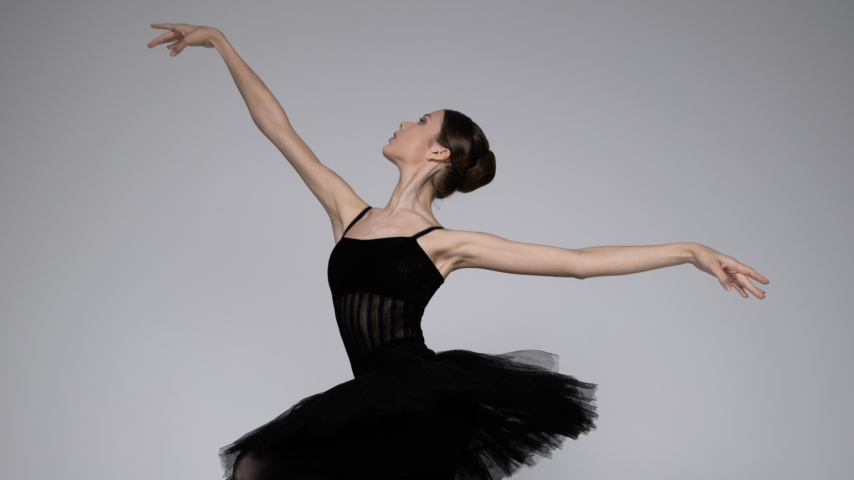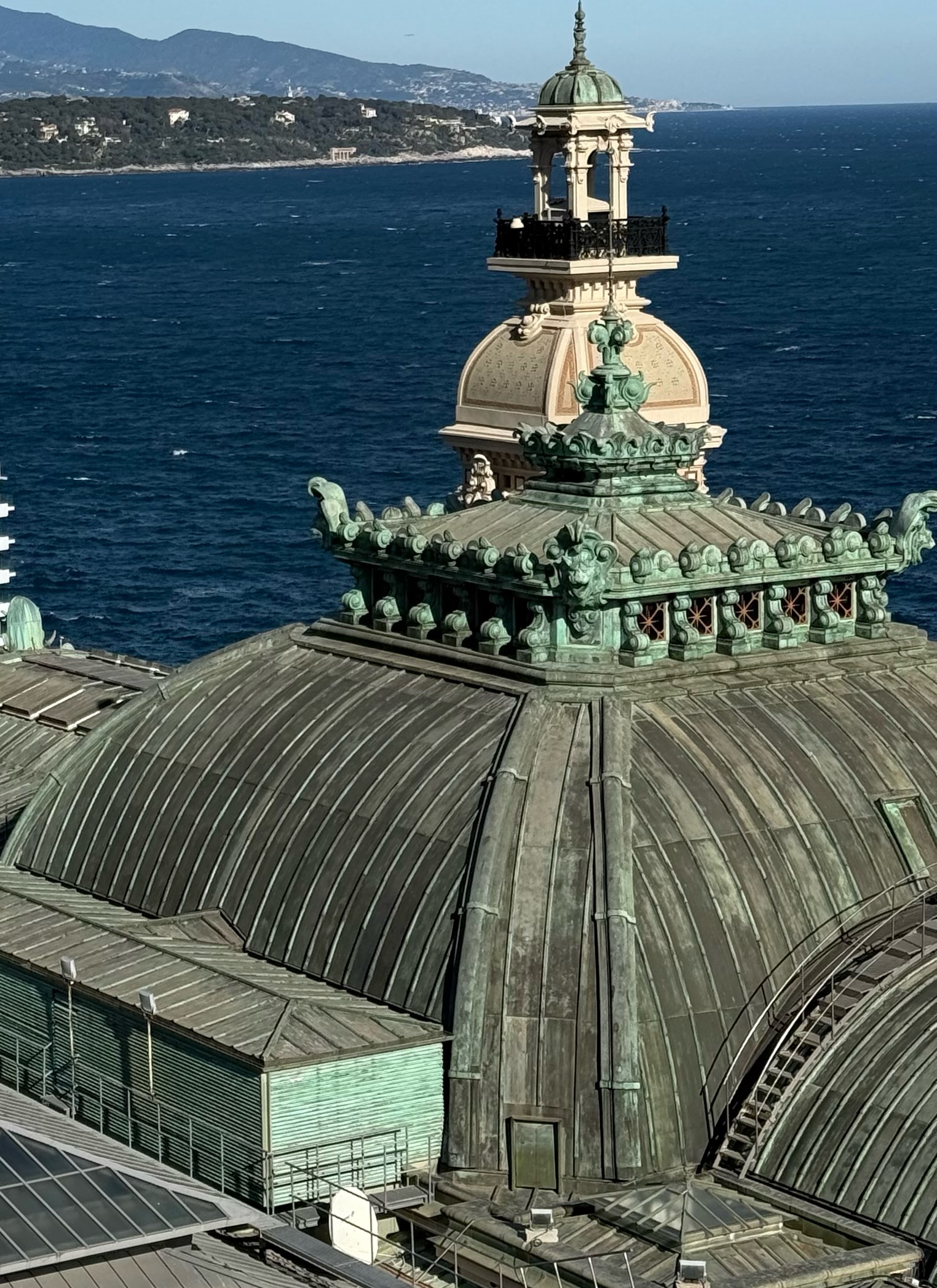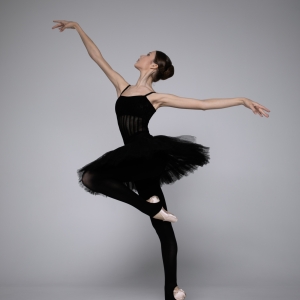
The Opéra de Monte-Carlo, with its storied Salle Garnier, stands as a beacon of ballet’s enduring elegance, a stage where legends like Rudolf Nureyev and Mikhail Baryshnikov have danced, their performances echoing the soul of Russian ballet. Russian ballet, a luminous thread in the tapestry of global art, weaves together French elegance, Italian passion, and a distinctly soulful intensity. Born under France’s Sun King, Louis XIV, who founded the Royal Academy of Dance in 1661, ballet transformed courtly steps into a disciplined art form. In Russia, Peter the Great set the stage, and by 1738, under Empress Anna Ioannovna, Jean-Baptiste Landé established the first professional ballet school in St. Petersburg. This fusion created a style—technically flawless, emotionally profound—that stirs the heart. From the Imperial Ballet to the Ballets Russes and the Bolshoi’s golden era, Russian ballet demands precision, depth, and reverence for a centuries-old legacy. As a Muscovite, I am honored to carry this tradition forward, inspired by the Opéra de Monte-Carlo’s historic stage, where Nureyev and Baryshnikov left their indelible mark.
Raised in a family where logic and art were equally venerated, my childhood was steeped in cultural richness—wine tastings in Bordeaux, truffle hunts in Austria, and charity galas where ideas sparkled alongside champagne flutes. The glittering ambiance of Monaco’s high society, embodied by the Opéra de Monte-Carlo, resonates with my refined sensibilities, its legacy of hosting Russian ballet icons fueling my aspirations. At home, chess and billiards were intellectual duels, and discussions of life’s purpose were as common as morning coffee. My mother, an Oxford alumna, and my father, a yachtsman and investor, nurtured a life of curated experiences, from Parisian jewelry exhibitions to equestrian pursuits, shaping me into someone who cherishes timeless elegance over fleeting trends.

At three, I glimpsed my destiny in the ethereal swirls of Swan Lake at the Bolshoi. “I will be a ballerina,” I declared. My mother, with gentle skepticism, suggested gymnastics, mathematics, guitar, or windsurfing instead, deeming ballet beautiful but not serious. Yet a chance encounter with a ballerina friend of hers changed my path: “Send her to ballet. It’s her calling.” At nine, I took my first bow at the Gubernsky Theater, a moment of clarity that redefined my life.
Now, as a first-year student at a professional ballet academy, my days are a rigorous blend of classical technique, pas de deux, character dance, art history, literature, and music theory. Ballet is not just movement but a way of life, teaching me to embody grace even through pain. Injuries, including ankle surgery, and moments of despair have tested my resolve. My mother’s words steadied me: “Will you quit and regret it forever? Stay.” So I stayed, learning that ballet is not about innate talent but relentless discipline—a daily choice to labor with grace, a code etched over centuries.
Under the guidance of Kristina Karaseva, a former Bolshoi soloist, I treat every gesture as a statement, from fingertip to gaze. My strengths—rotation, balance, emotional depth—shine in roles like Mercedes in Don Quixote or the fiery Basque soloist in Flames of Paris. My weaknesses—jumps, steps, footwork—I confront with tireless effort. As a self-described conservative, I echo Diaghilev’s caution against reckless innovation, honoring the tradition I carry. I dream of gracing stages like the Mikhailovsky Theatre, Opéra Garnier, The Royal Ballet, and perhaps the Opéra de Monte-Carlo, where the spirits of Nureyev and Baryshnikov inspire me to push beyond my limits. I also envision exploring modern choreography or fashion as a model or creative director.
My world extends beyond the studio: vintage fashion, fluency in English since age four, and studies in French, Italian, and Spanish. Golf is my meditation on focus; travel, a quest to broaden horizons, with Monaco’s cultural landmarks high on my list. I draw inspiration from Botticelli, Bosch, Caravaggio, and Renoir, their works a dialogue of epochs. Life and stage are inseparable, each a movement in my personal symphony. Before performing, I retreat into silence, a ritual of breath and focus, seeing the audience not as spectators but as souls to stir.
Two years ago, poetry became my refuge. In Ballet Is My Temple, I penned a manifesto of resilience, speaking of trust, veiled emotions, and the joy of daily toil. Injustice wounds me deeply, but I endure. Despite doubters who insist, “This isn’t your path,” I persist. Russian ballet is my calling, my stage, my self.
I will not leave—I’ll stay in motion,
In the curve of arms, in the lines of face.
In the gaze of a girl who stands unbroken,
Enduring to the end with grace.
Within me lives the child who first saw Swan Lake. As the spotlight ignites, I do not merely dance—I confess, carrying the soul of Russian ballet forward.

